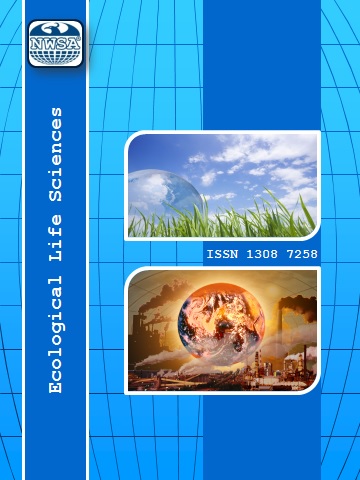References
[1] Kokoszka, S., Debeaufort, F., Hambleton, A., Lenart, A., and Voilley, A., (2010). Protein and glycerol contents affect physico-chemical properties of soy protein isolate-based edible films. Innovative Food Science and Emerging Technologies, 11:503-510.
[2] Yang, L. and Paulson, A.T., (2000). Mechanical and water vapor barrier properties of edible gellan films Food Research International, 33(7):563-570.
[3] Ghasemlou, M., Khodaiyan, F., Oromiehie, A., and Yarmand, M.S., (2011). Development and characterization of new biodegradable edible film made from kefiran, an exopolysaccharide obtained from kefir grains. Food Chemistry, 127:1496-1502.
[4] Ahmadi, R.A., Kalbasi-Ashtari, A., Oromiehie, M.S., and Yarmand, F., (2012). Jahandideh Development and characterization of a novel biodegradable edible film obtained from psyllium seed (Plantago ovata Forsk). Journal of Food Engineering, 109:745.
[5] Knez Hrncic, M., Ivanovski, M., Cör, D., and Knez, Z., (2020). Chia Seed (Salvia Hispanica L.): An OverviewPhytochemical Profile, Isolation Methods, and Application. Molecules, 25(1):11.
[6] Cervera, M.F., Karjalainen, M., Airaksinen, S., Rantanen, J., Krogars, K., Heinamaki, J., Colarte, A.I., and Yliruusi, J., (2004). Physical stability and moisture sorption of aqueous chitosanamylose starch films plasticized with polyols. European Journal of Pharmaceutics and Biopharmaceutics, 58:69-76.
[7] Mali, S., Sakanaka, L.S., Yamashita, F., and Grossmann, M.V.E., (2005). Water sorption and mechanical properties of cassava starch films and their relation to plasticizing effect. Carbohydrate. Polymers, 60(3):283-289.
[8] Maran, J.P., Sivakumar, V., Sridhar, R., and Immanuel, V.P., (2013). Development of model for mechanical properties of tapioca starch based edible films. Industrial Crops and Products, 42(1):159-168.
[9] Oses, J., Fabregat-Vázquez, M., Pedroza-Islas, R., Tomás, S.A., Cruz-Orea, A., and Mate, J.I., (2009). Development and characterization of composite edible films based on whey protein isolate and mesquite gum. Journal of Food Engineering, 92(1):56-62.
[10] Arham, R., Salengke, S., Metusalach, M., and Mulyati, M.T., (2018). Optimization of agar and glycerol concentration in the manufacture of edible film. International Food Research Journal, 25(5):1845-1851.
[11] Dick, M., Maria, T., Costa, H., Gomaa, A., Subirade, M., Simone, A.R.S., and Flôres, H., (2015). Edible film production from chia seed mucilage: Effect of glycerol concentration on its physicochemical and mechanical properties. Carbohydrate Polymers, 130:198-205.
[12] Ergür, N. ve Emir Çoban, Ö., (2020). Gökkuşağı Alabalığının (Oncorhynchus mykiss) Duyusal Kalitesi Üzerine Kurt Üzümü Ekstraktı İçeren Çiya (Salvia hispanica) Müsilaj Kaplamanın Etkisi. Ecological Life Sciences, 15(4):134-142.
[13] Çoban, M.Z. and Çoban, O.E., (2020). Potency and Use of Chia Mucilage Coating Containing Propolis Liquid Extract for Improves Shelf-Life of Sea Bass Fillets. Acta Scientiarum Polonorum, Technologia Alimentaria, 19(3):255-260.
[14] Muñoz, L.A., Aguilera, J.M., Rodriguez-Turienzo, L., Cobos, A., and Diaz, O., (2012). Characterization and microstructure of films made from mucilage of Salvia hispanica and whey protein concentrate. Journal of Food Engineering, 111(3):511-518.
[15] Cho, S.Y. and Rhee, C., (2002). Sorption characteristics of soy protein films and their relation to mechanical properties. LWTFood Science and Technology, 35(2):151-157
 +90(533) 652 66 86
+90(533) 652 66 86 nwsa.akademi@hotmail.com
nwsa.akademi@hotmail.com Fırat Akademi Samsun-Türkiye
Fırat Akademi Samsun-Türkiye
